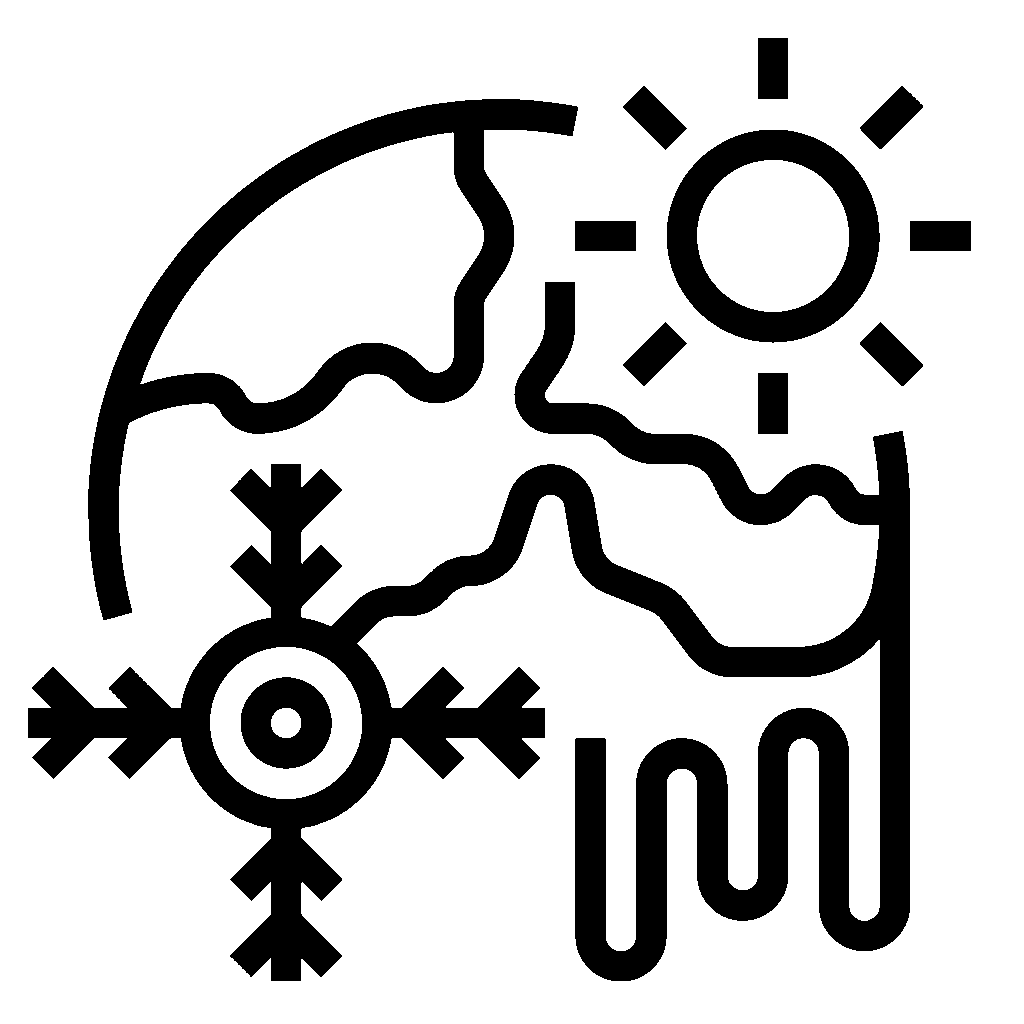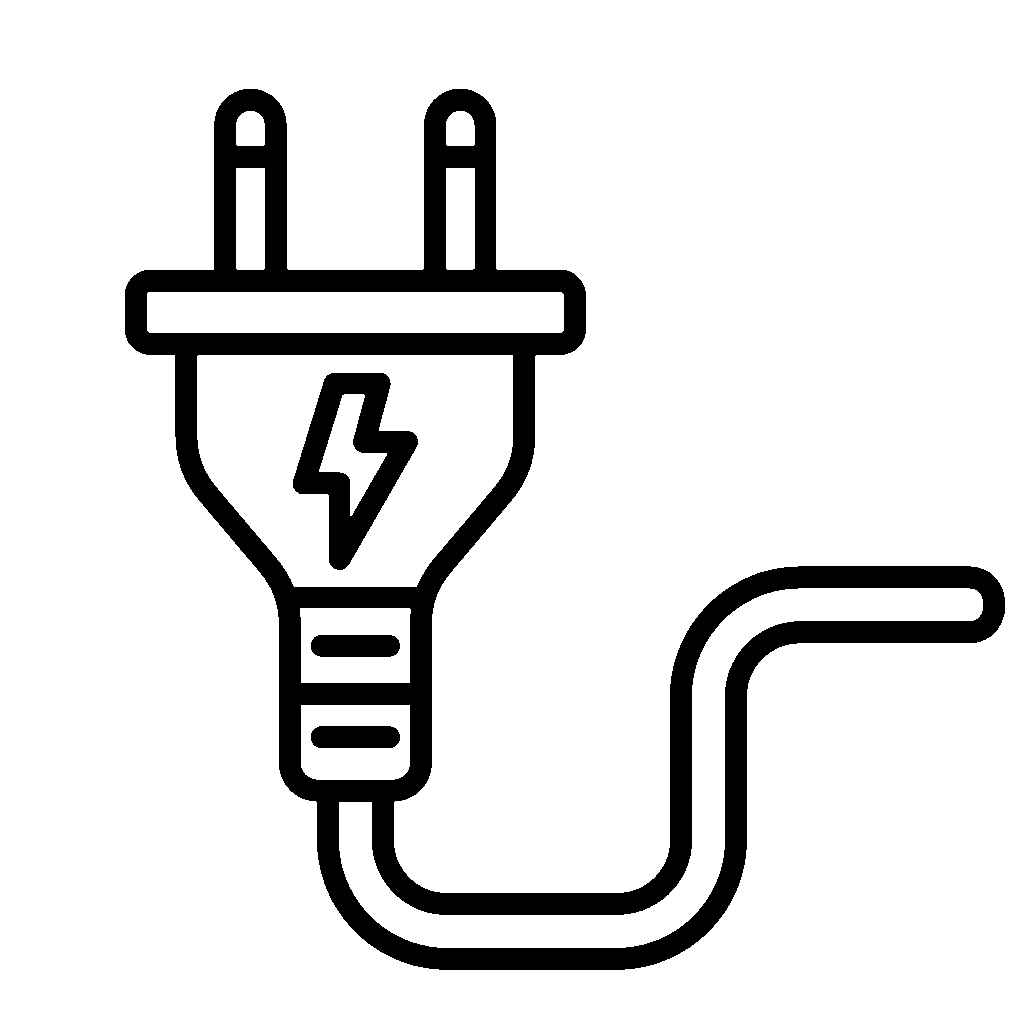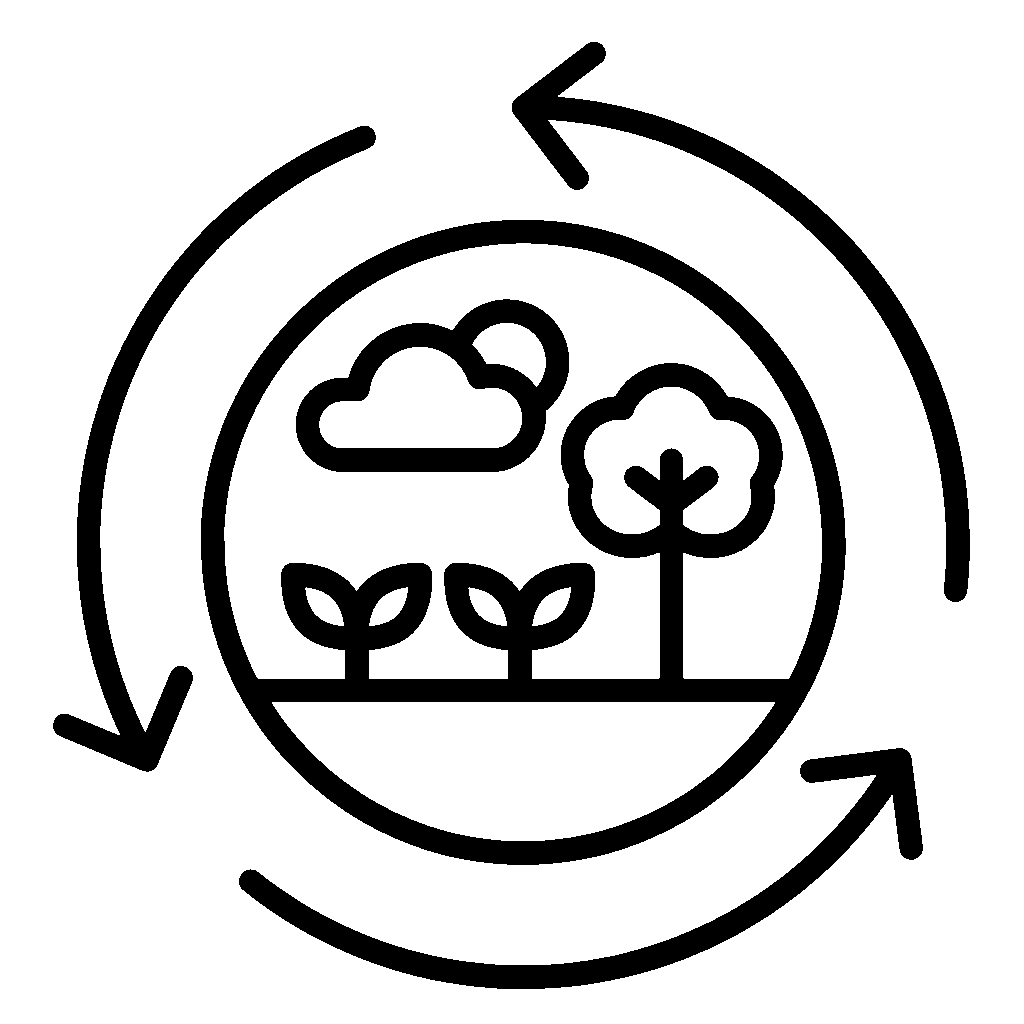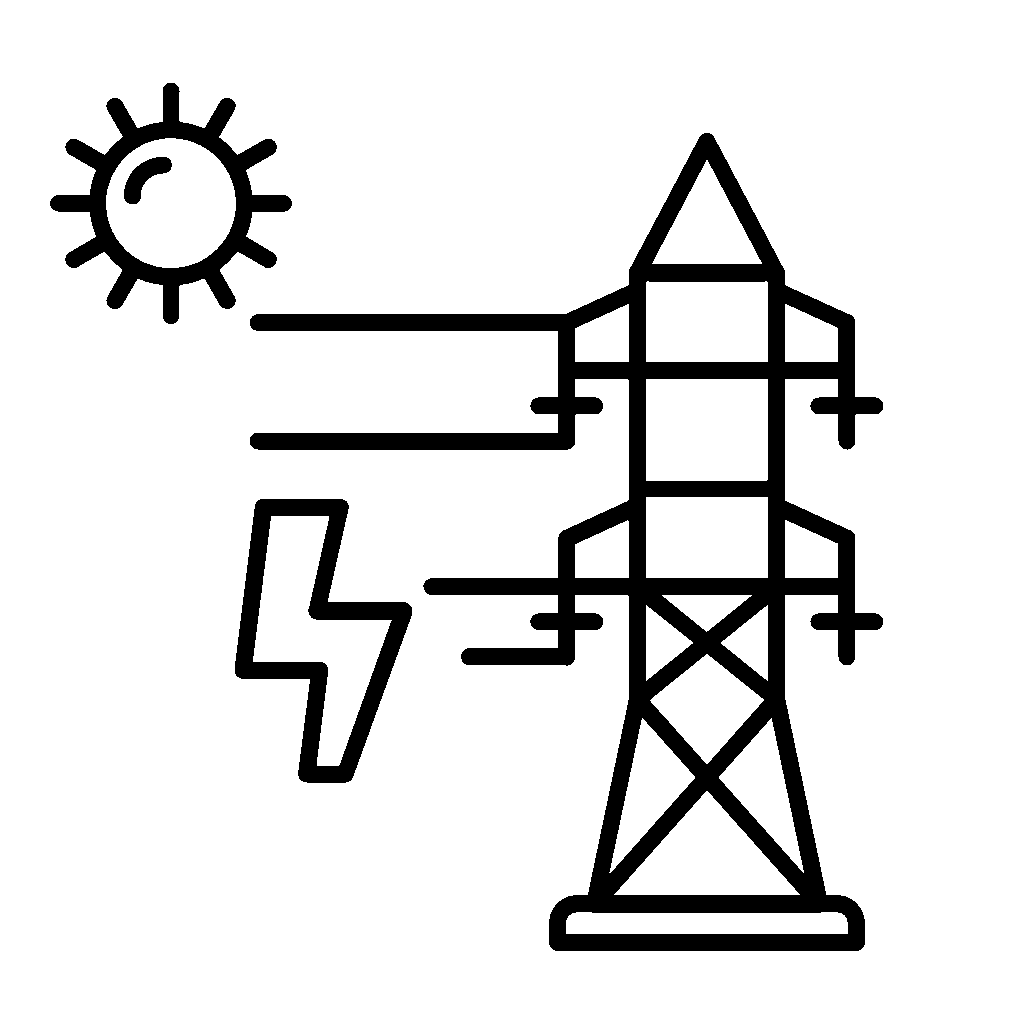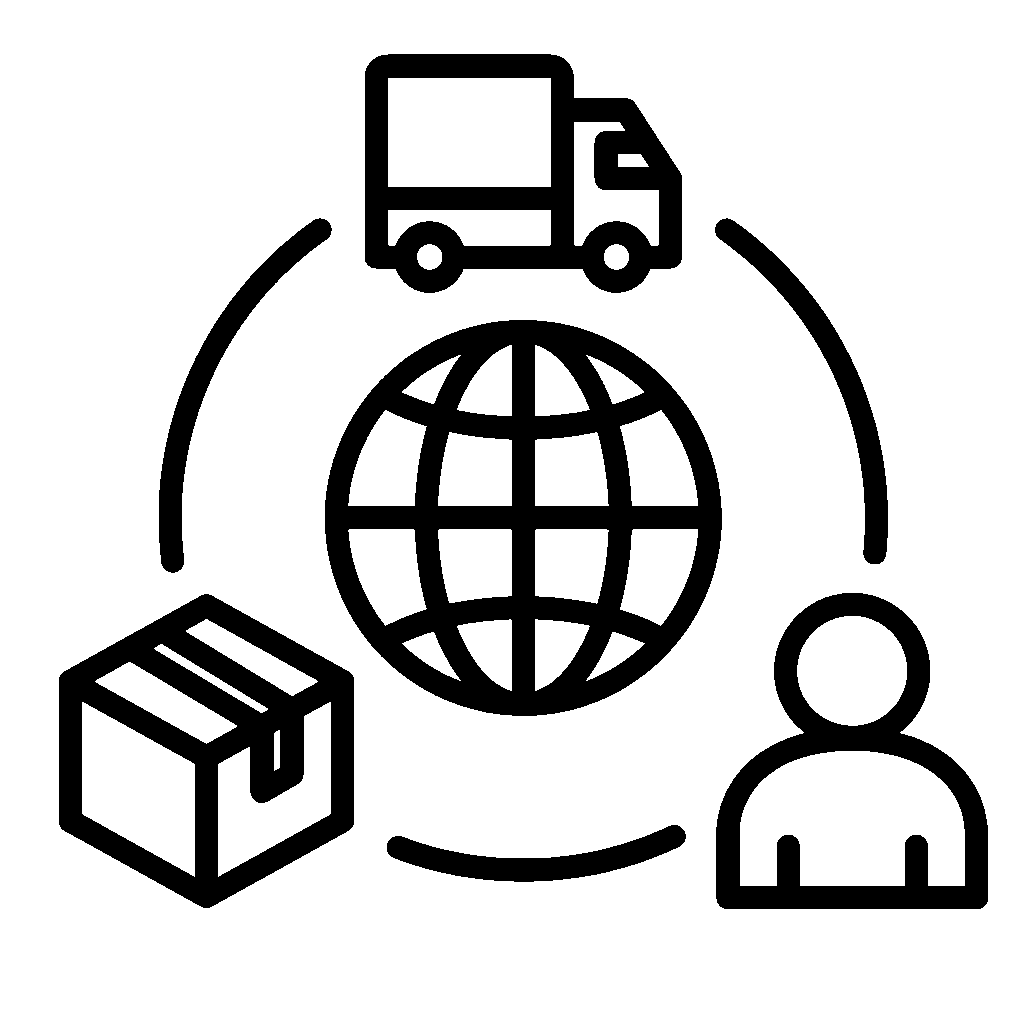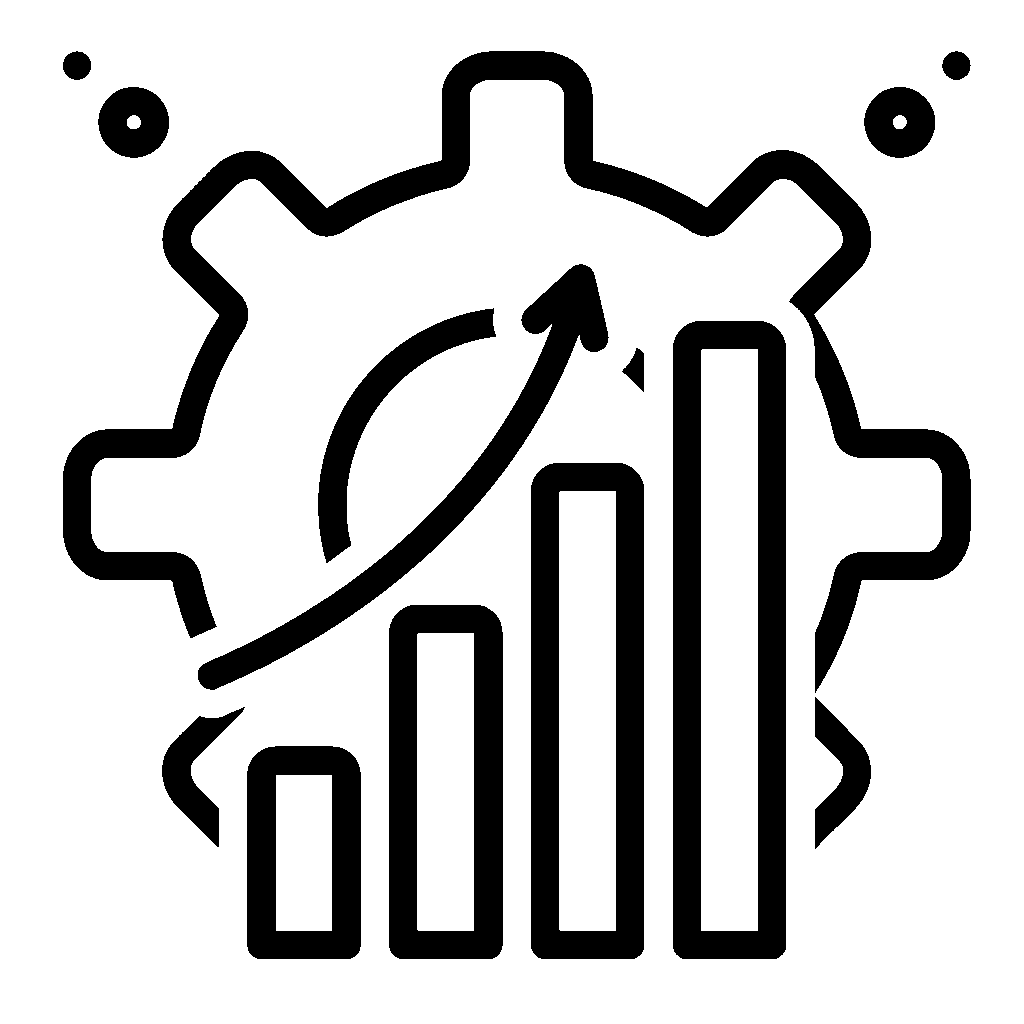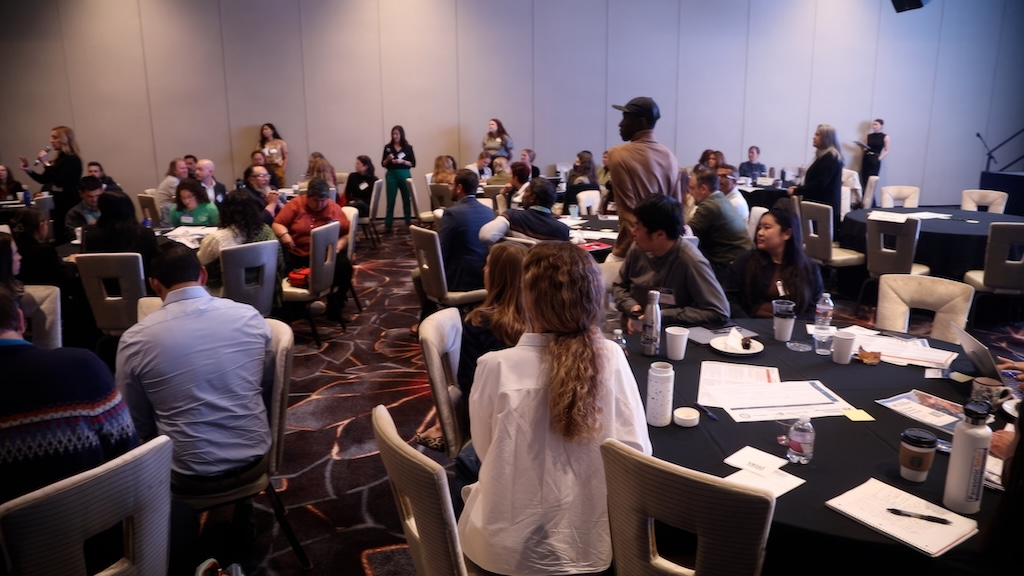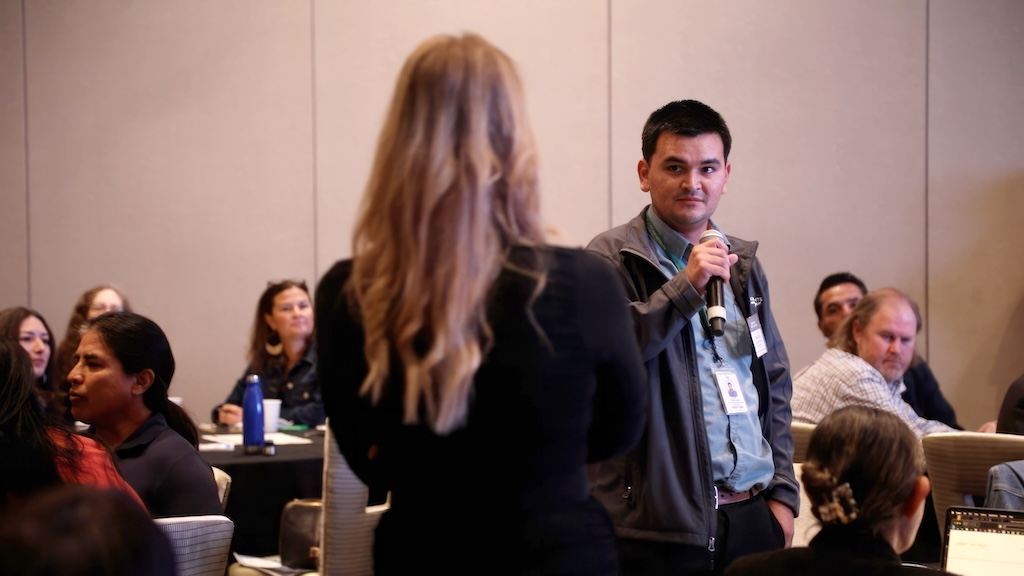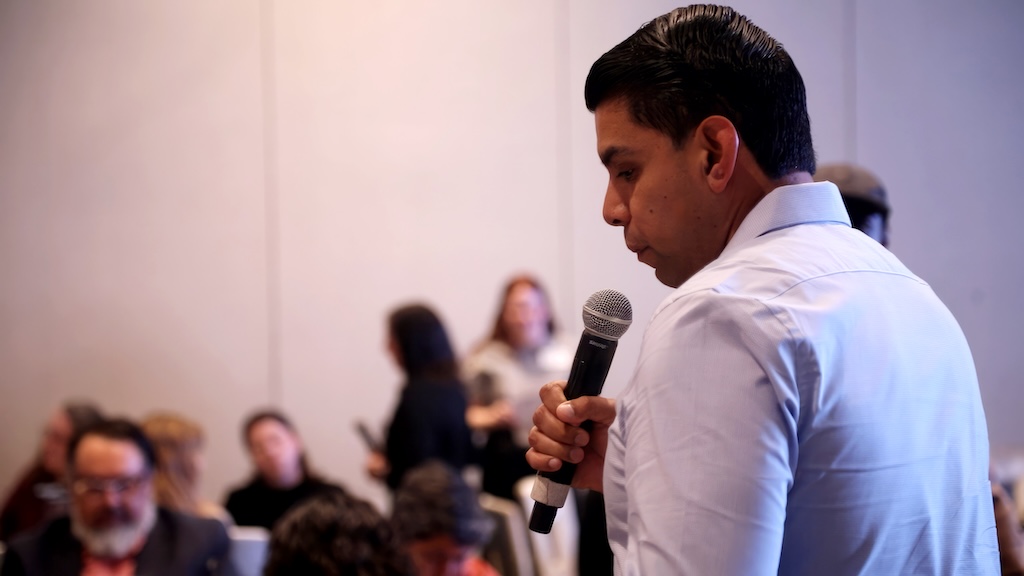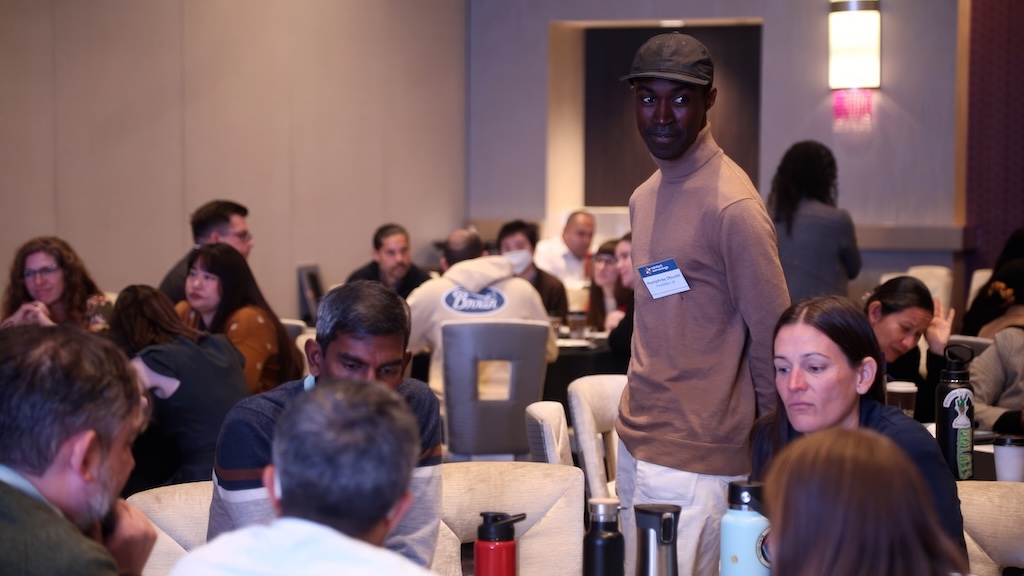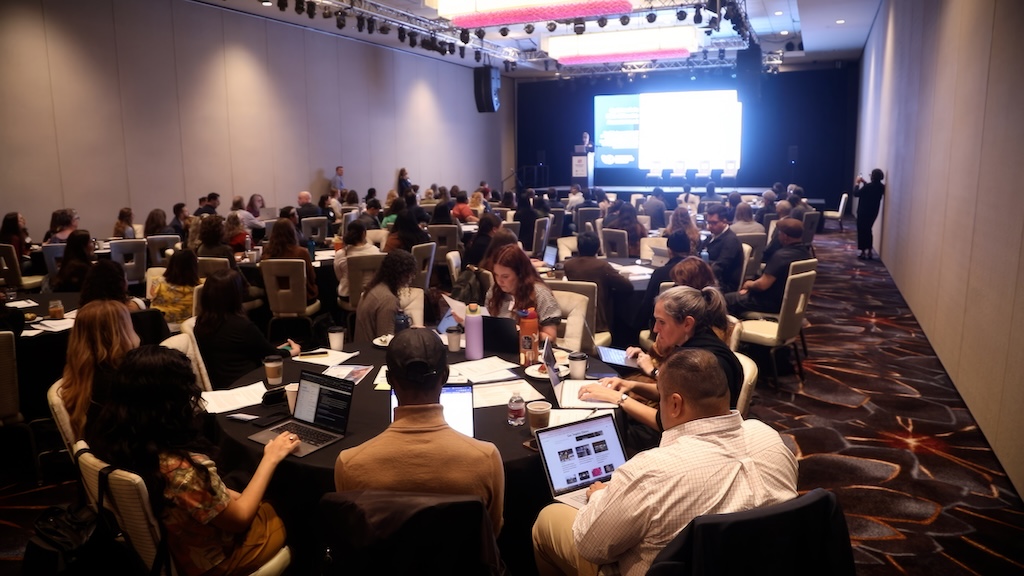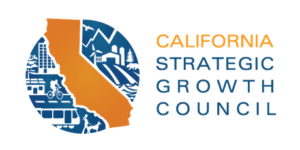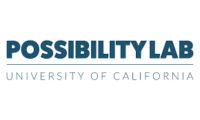Drawn from the San Diego Catalyst Convening’s opening panel, breakouts on Traditional Ecological Knowledge/Nature-Based Solutions & Local Food and Capacity Building, and afternoon roundtables on Data & Evidence, Enhancing Community Voices, Energy Affordability, and Streamlining & Reducing Regulations, this priority centers one clear emphasis: resilience succeeds when place-based knowledge, inclusive governance, and steady funding move in lockstep.
Key challenges. San Diego communities face overlapping risks—wildfire, heat, flooding, storms, sea-level rise—and short-term funding that limits sustained adaptation. Engagement often excludes tribal, immigrant, and rural voices, while TEK is underused or tokenized. High energy costs and long waits for grid connections undermine resilience in tribal and unincorporated areas, and fragmented governance slows coordinated action on land, water, and infrastructure.
Proposed solutions. Locally, participants called for shared air-quality and outage monitoring, multi-hazard planning, Indigenous co-stewardship of lands, and expanded resilience centers pairing solar and storage. Community-led training, storytelling, and cross-border collaboration were seen as key to building trust and capacity. State actions should include stable funding, recurring climate programs, tribal and CBO support, standardized vulnerability metrics, and utility accountability for distributed resilience investments such as microgrids and storage.
Best practices. Examples include multilingual cultural signage (Hear Our Names), resident empowerment programs (Groundwork San Diego), Indigenous co-stewardship initiatives, bioregional collaboration (Wellspring Consortium), and SGC’s Community Resilience Centers. These models show how sustained, community-led planning and state-aligned investment can translate resilience goals into real-world protection.


